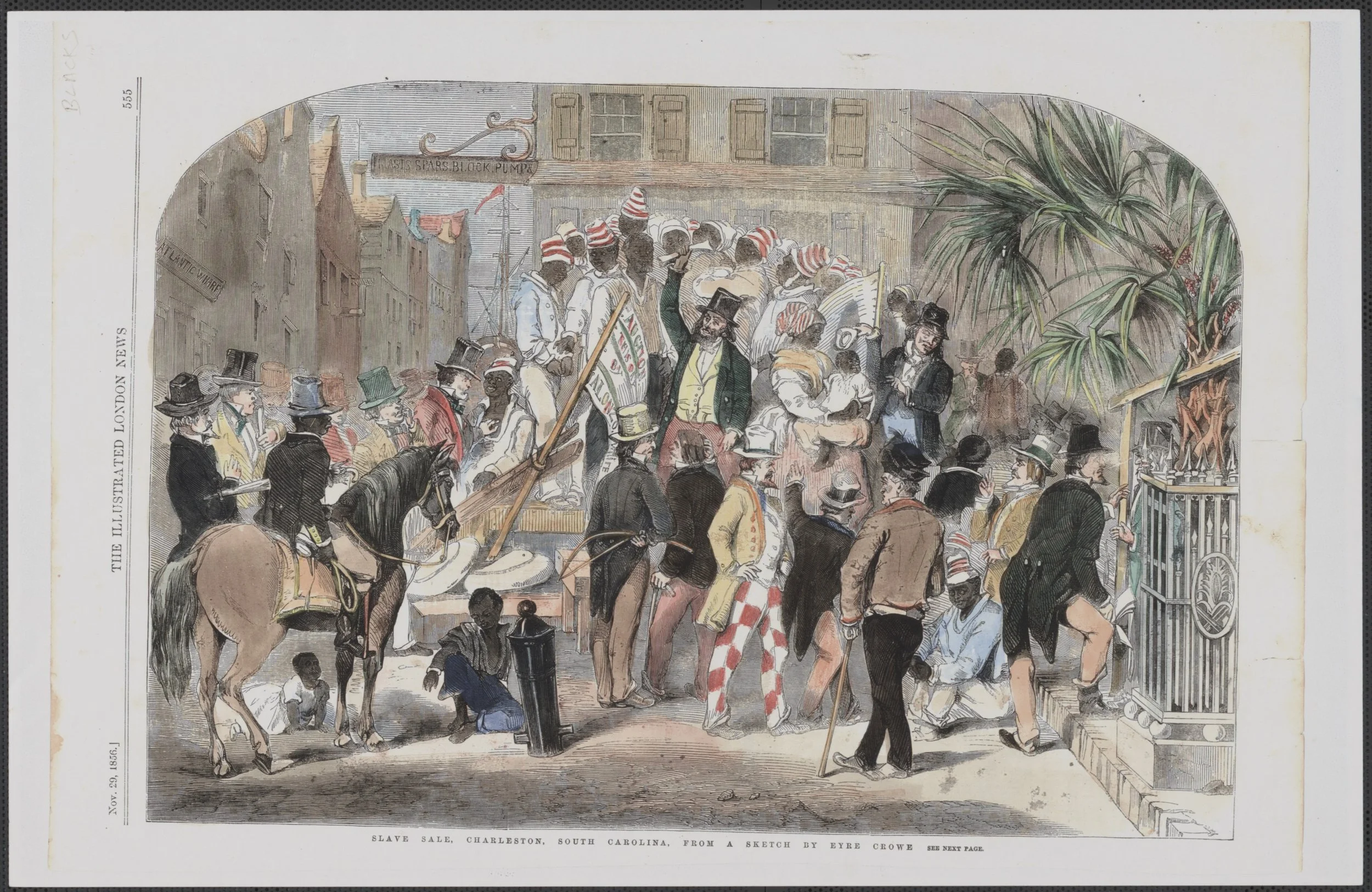
1830
FEAR OF UPRISINGS LEADS TO STRICTER SLAVE LAWS BEING CODIFIED
The 1830s marked a turning point in the history of slavery in North Carolina. The fear of uprisings and the growing abolitionist movement in the North created a climate of tension and paranoia.
The stricter slave laws enacted during this period reflected a desperate attempt to maintain a system built on oppression and exploitation, a system that would ultimately be challenged and overthrown in the years to come.
By the 1830s, this fear reached a fever pitch. Events like Nat Turner's Rebellion in Virginia in 1831 sent shockwaves through the slaveholding South, intensifying anxieties about potential uprisings.
More than 235 rebellions and conspiracies occurred among enslaved people in the United States, with 23 in North Carolina, historian Herbert Aptheker states in his book, American Negro Slave Revolts.
In response, North Carolina, like many other Southern states, tightened its grip on enslaved people. Existing laws were strengthened, and new ones were enacted to further restrict their movement, assembly, and access to education.
These stricter laws reflected a broader trend of increasing control and dehumanization of enslaved people. The goal was to suppress any form of resistance, whether overt rebellion or a more subtle "day-to-day resistance" that Aptheker described.
Day-to-day resistance included acts like feigning illness, slowing the work pace, and running away.
“He believed that day-to-day resistance chipped away at the institution of slavery,” said Freddie Parker, Professor Emeritus and former Julius L. Chambers Endowed Professor of History at North Carolina Central University in Durham. There were “people who burned down their master's barns and destroyed crops and feigned illnesses and actually used their powers to resist the institution of slavery by simply not working.”
The last act of rebellion that Aptheker identified was running away. For enslaved people in Orange County, this often meant running into the “Great Dismal Swamp,” a vast and densely forested wetland straddling the border between North Carolina and Virginia.
At one point, there were about 2,000 runaway enslaved people living in the swamp with a value exceeding $1 million, Parker said. Running away “undermined the institution of slavery,” he said.
Featuring Indigenous Memories Consultant in Plantation Life in Orange County and the Development of Durham, NC, Dr. Charles Johnson, and Consultant in Slavery in North Carolina, Dr Freddie Parker


